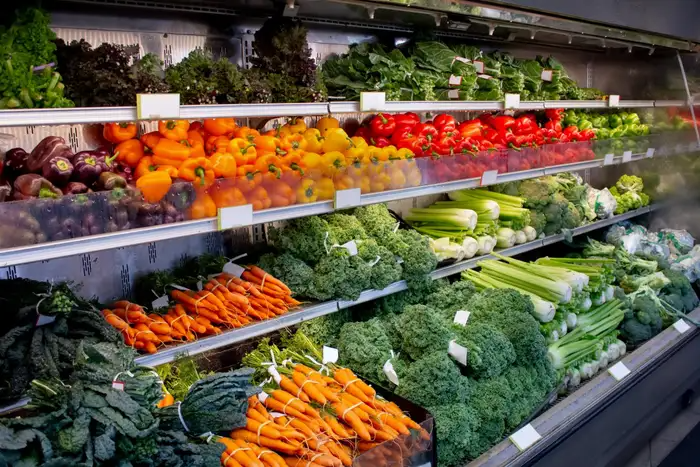The safety of the US food supply is a topic of constant debate. Concerns over foodborne illnesses, additives, processing methods, and artificial dyes have given rise to skepticism about the quality of what Americans eat. However, thanks to stringent regulations and oversight by agencies like the FDA and USDA, the US food system also boasts a robust framework designed to protect consumers. So, how safe is it really?
Foodborne Illnesses: A Persistent Concern
- Outbreaks of Bacteria
The US food supply is not immune to bacterial outbreaks, with pathogens like Salmonella, E. coli, and Listeria occasionally contaminating food. Despite this, the frequency of outbreaks is relatively low compared to the volume of food produced and consumed daily. - Response Systems
The CDC’s Foodborne Diseases Active Surveillance Network (FoodNet) and food recalls by the FDA and USDA aim to identify and control outbreaks quickly, minimizing public health risks.
Additives and Food Dyes: Fact vs. Fear
- Additives in Processed Foods
Food additives like preservatives and flavor enhancers are approved by the FDA, but some studies have linked excessive consumption to health concerns such as allergies, hyperactivity, and long-term diseases. - Artificial Dyes
Widely used in snacks, beverages, and candies, food dyes like Red 40 and Yellow 5 have been criticized for potential links to behavioral issues in children. However, the FDA maintains that these additives are safe within regulated limits. 
Regulatory Framework for US Food Safety
- The Role of the FDA and USDA
The FDA oversees the safety of about 80% of the food supply, while the USDA monitors meat, poultry, and egg products. Both agencies enforce strict standards to ensure food safety. - The Food Safety Modernization Act (FSMA)
Enacted in 2011, FSMA focuses on preventing contamination rather than responding to it. It mandates regular inspections, improved traceability, and science-based standards for food production. - Import Safety
About 15% of the US food supply is imported. The FDA has enhanced scrutiny of imported foods, requiring suppliers to meet US standards.
Strengths of the US Food Supply
- Comprehensive Testing
Advanced testing methods detect contaminants early, ensuring that unsafe products rarely reach consumers. - Transparency and Recall Mechanisms
Food recalls are publicly announced, allowing consumers to avoid potentially harmful products. - Continuous Monitoring
Agencies like the FDA, USDA, and CDC work in tandem to track and respond to food safety threats.
Areas for Improvement
- Over-Reliance on Processed Foods
Processed foods dominate the American diet, often containing high levels of sugar, salt, and unhealthy fats, which pose long-term health risks. - Addressing Socioeconomic Disparities
Access to fresh and organic food is often limited in low-income communities, perpetuating health inequities. - Sustainability and Food Safety
Climate change and industrial farming practices pose emerging risks to the safety and sustainability of the food supply.
Conclusion
While concerns over bacteria, additives, and food processing are valid, the US food supply is among the safest in the world, thanks to rigorous oversight and proactive safety measures. However, improving access to healthier options and addressing the environmental impact of food production can further enhance both safety and quality.
Hashtags
#USFoodSafety #FDARegulations #ProcessedFood #FoodborneIllnesses #HealthyEating #PublicHealth
